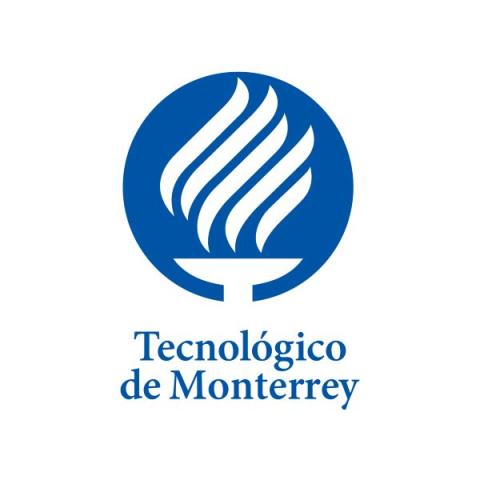
The library’s role in digital education: content is still king
Almost 30 years ago, Bill Gates, one of the most influential voices in tech, wrote an essay in which he coined the phrase “content is king”. Gates identified that one of the greatest opportunities for success online would be based on the production and distribution of high-quality content that entertains and informs. This predicted a trend that would influence business models for years to come. In his book The Road Ahead, he gave us a glimpse of this future.
In recent years, it has become clear that this prediction was pointing towards the use of technology to reach and affect people on a massive scale. In digital marketing, a good content strategy can make a big difference and serve as the best tool to develop user commitment and loyalty (we only need to search online to discover hundreds of available articles, books and videos that discuss the topic in depth to see evidence of this).
The pace of evolution in education has accelerated the use of digital technologies – which, in turn, has transformed the way we teach. The digital transformation of education has the potential to fully support high-quality and inclusive education and training for all learners, facilitating a more personalised, flexible and student-centred learning experience.
Universities that champion digital education must consider the phrase “content is king” if they want to scale their impact through pedagogical models with technology as a vehicle for doing so. You only need to look as far as Coursera, MasterClass and Skillshare to see examples of tremendous success in this area. Many universities are also now running online courses and degrees. Examples include MITX, edX and ASU Online.
Considering that the phrase “content is king” is more than a trending topic, libraries should go beyond traditional marketing strategies to shed light on its content – its articles, eBooks, multimedia assets and others – to attract, acquire and encourage new audiences to consume it.
Libraries should redesign their websites to properly showcase their digital collections and reach the right users, convert them into active users and ensure they regularly revisit the content. A good digital marketing strategy for a library should provide a consistent stream of new users and turn first-time visitors into active and loyal ones.
- Resources on digital transformation in higher education
- Campus webinar: Can universities keep pace with digital transformation?
- Why hybrid learning needs hybrid faculties
At Tecnológico de Monterrey's library, we have recognised our role in enhancing digital education’s potential. We also know that creating a digital marketing strategy might be difficult, so we would like to propose some steps below.
Get to know your audience: we can’t assume we know everything about the needs and preferences of the academic community; making an effort to understand our users is essential. One way to do this is to create personas (fictional profiles of your target users) and decide on how they might and should interact with your website or services.
Develop your unique value proposition: what is important to users can be subjective and difficult to identify. However, you can refer to elements that they value to help you build a solid proposition.
Evaluate and measure your user experience: it’s fundamental to draw on and have a clear understanding of user experience mapping, a technique that helps website owners understand what motivates their customers, what they need and what their concerns are to help deliver superior experiences and value for your users.
For educators, the type and format of content they choose to introduce into their learning experiences is incredibly important; it can be a catalyst for the growth and development of the student’s journey. The right content adds more context to lesson plans and learning experiences while showcasing various viewpoints and ideas that aim to develop fundamental competencies such as complex and critical thinking.
The library’s management of its digital collection is evolving and the amount of available learning content is growing with teaching material curated from within the professional community, as well as from external sources such as open educational resources. The days when students learned only from textbooks and printed materials are gone. The best-structured and enriched digital content collection will energise and engage students, turning the novice learner into an expert and helping to develop the fundamental competencies needed for a lifelong learning journey.
José Vladimir Burgos Aguilar is the national director of libraries for the office of the vice rectory for educational innovation and academic regulations at Tecnológico de Monterrey.
If you would like advice and insight from academics and university staff delivered direct to your inbox each week, sign up for the Campus newsletter.




